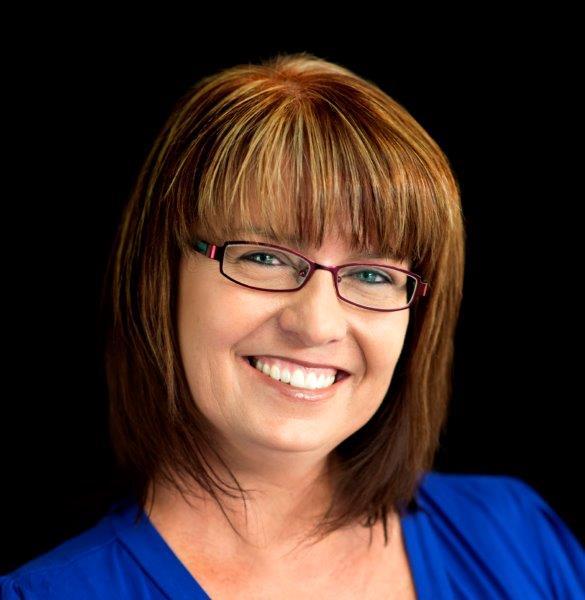
Part five of the eight-part UTS:CLG Graduate Paper Series is Amanda Bray's dissertation:
21-Year Partnership – Has It Made A Difference? Evaluating the Fairfield Health Partnership

Amanda carried out an extensive review of peer-reviewed academic literature that enabled her to define key terms, analyse the characteristics of effective health promotion partnerships, synthesise and critique methodologies for evaluating health partnerships, and assess the current state of evidence. She provided an historical account of the establishment and development of the FHC since 1995, including summarising the existing evaluations of it.
The ex post facto research she then embarked upon generated both qualitative data (e.g. audit of files and council records; semi-structured interviews) and quantitative data (e.g. epidemiological analysis of health-related data in Fairfield, compared to those from other Local Government Areas in south west Sydney) in order to provide responses to the research questions put forward for the study:
- Did working together achieve better outcomes for the citizens of Fairfield than if we didn’t work together?
- What are the characteristics of an effective partnership in health prevention?
- What, if any, were the unintended consequences of working together?
- Did the FHP make any difference to the health of Fairfield residents with respect to health-related risk behaviours?
The study found that it was difficult to demonstrate consistent improvements in health-related risk behaviours for the people of Fairfield that that could be conclusively linked to the FHP. At the same time, working together had provided the partners with a measurable collaborative advantage. Study participants believed that it was in respect of several ‘unintended consequences’ where the greatest outcomes transpired. These included:
- Facilitating Fairfield to be an early adopter of health initiatives, which set the foundations for the local government sector more broadly to adopt similar policies and roles in improving health.
- Enabling managers to think differently, to ‘know who to talk to’ and to work beyond disciplines and borders.
- Facilitating networks beyond the partnership. Directly linked to the operation of the FHP, the organisations had created a culture of ‘joined up governance’ that led to the delivery of joint projects, the attraction of additional resources (which almost doubled the resources of the partnership) and the influencing of partner organisation policies, practices and strategic directions.
The study provides strong advocacy for the continued evolvement of Australian local government as a key partner with other tiers of government and the private sector in the spheres of health promotion, illness prevention and early intervention.
In keeping with recent legislative changes to legislation – the Local Government Amendment (Governance and Planning) Bill 2016 – Amanda drafted a ‘Partnership Capability Framework’, set within the current empirical literature and further refined through using the FHP as a case study. It provides a model for local government on how to work effectively with other stakeholders in contributing to the development of local communities that are strong, healthy and prosperous.
Dissertation summary by Ronald Woods, UTS:CLG Teaching and Research.
More
Read full dissertation: 21-Year Partnership – Has It Made A Difference? Evaluating the Fairfield Health Partnership
UTS:CLG Graduate Paper Series:
- Part 1 of the UTS:CLG Graduate Paper Series: It’s all in the delivery: An exploratory case study focusing on the Coffs Harbour City Council Delivery Program 2010-2016
- Part 2 of the UTS:CLG Graduate Paper Series: The Challenges of Engaging Communities: Will the Small Rural Voices Be Heard in a Merged Regional Council?
- Part 3 of the UTS:CLG Graduate Paper Series: Urban Design Principles for Creating Public Open Space Master Plans and Their Application to Wagga Wagga’s Riverside Precinct
- Part 4 of the UTS:CLG Graduate Paper Series: Australian Local Government Botanic Gardens' Contribution to Global Plant Conservation

